Editing by Greg Gao/WM Zhang
EDA is an industry sector in which China feels critical for its chip self-reliant endeavor but faces daunting challenges. At the same time, the EDA's technological evolution is speeding up to become more AI and cloud-computing-based, and packaging-oriented. These are part of what attendants learned from the EDA/IP Forum at JiWei Semiconductor Summit in late June.
Representatives from leading Electronic Design Automation(EDA) tool companies such as Synopsys, X-EPIC (芯华章), Simens EDA, and Amazon Cloud made presentations at the event organized by JW Insights – China's leading information and consulting service on IC and ICT industries in the country.
Xu Wei, deputy general manager of Synopsys China, said that Synopsys is strengthening cooperation with TSMC and other companies to accelerate the 3D IC Compiler platform as part of the reference design process. With the advent of SiP, 2.5D, and 3D ICs, traditional EDA tools limited by data models can no longer meet complex 3D architecture design demands.
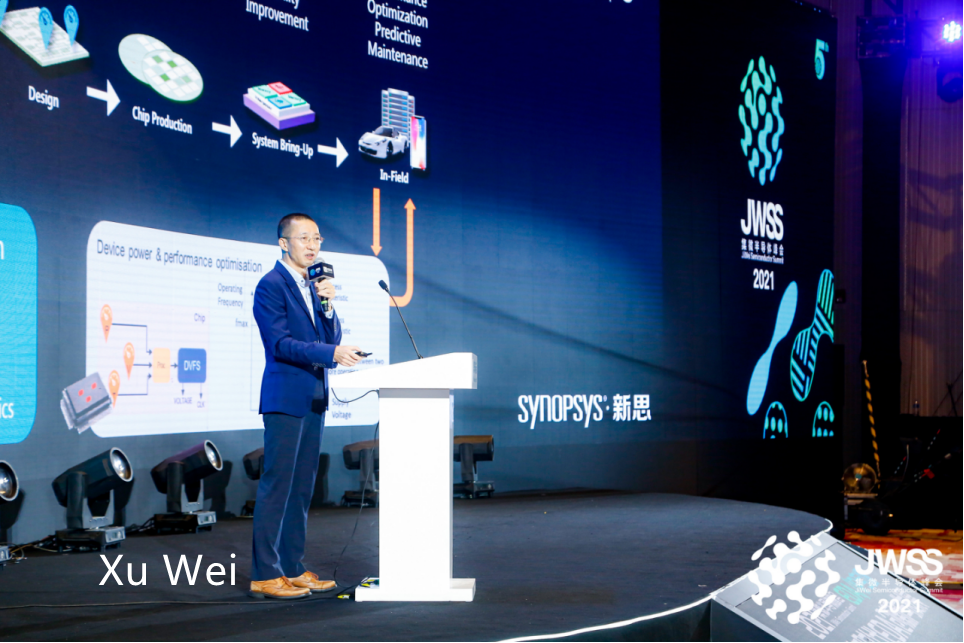
He introduced Synopsys's platform that could realize the design and integration of complex 2.5D and 3D multi-die systems in a single package, providing a comprehensive, integrated, efficient, and easy-to-use way,
Peng Qihuang, Asia Pacific president of Siemens EDA (formerly Mentor Graphic), presented his company's solutions for advanced packaging combined with Xpedition, Hyperlynx, and Calibre technologies, to achieve fast and effective design.
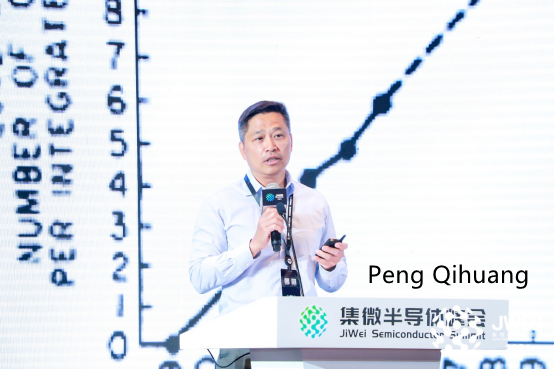
AI technology is the new buzz in the EDA sector as well, with new product offerings. "AI cannot replace human experts, but it can liberate human experts." Xu Wei of Synoposy China pointed out.
Recently Synopsys launched the design space optimization AI solution DSO.ai, the first independent AI application developed for chip design in the semiconductor industry.
Xu Wei called DSO.ai "revolutionary." It uses cutting-edge machine learning technology invented by the Synopsys R&D team to perform large-scale search tasks, autonomously run thousands of exploration vectors, and obtain gigabytes of high-speed design analysis data in real-time.
The continuous progress of the manufacturing process is driving more computing power demand, especially for logic and physical verification. Chip design projects are shifting from local computing power resources-based to flexible cloud resources-based models. It plays into a field where Amazon Cloud is powerful, though it is a relatively new player in China's EDA sector.
Zhang Xia, the chief consultant of enterprise strategy for cloud computing in Amazon Cloud Technology Greater China, spoke at the forum. He emphasized that Amazon Cloud could offer more benefits for design with EDA, being easy to build a highly available and durable data platform, shortening the time to market, and obtaining more cutting-edge IT equipments and resources.
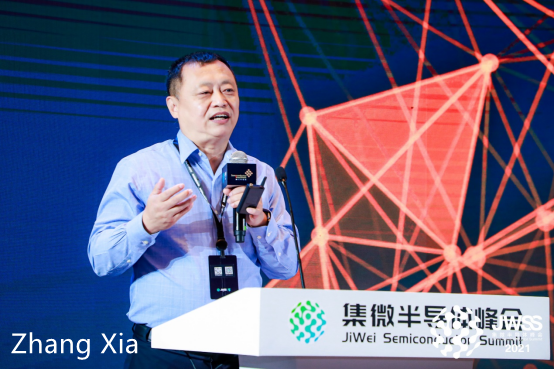
Amazon Cloud has won clients from Chinese indigenous IC companies. One example is Canaan Technology(嘉楠科技), which has based all EDA work on the cloud, significantly reducing IT fixed asset investment and operation & maintenance costs and facilitating collaborative work with domestic and overseas partners.
Facing the tremendous changes in IC design over the past 20 years, X-EPIC(芯华章) - an EDA startup in Nanjing of Jiangsu Province in eastern China, has come up with the concept of EDA 2.0 - product and service based on the vision of being more open, intelligent, and cloud-based. X-EPIC was established by Wang Libing, former deputy general manager of Synopsys China, in March 2020. The company has completed A and pre-B rounds of funding, totaling more than RMB 1.2 billion ($185 million).
Yang Ye, director of product and business planning of X-EPIC, spoke at the forum and further explained: "EDA 2.0 is no longer a combination of tools, but a complete service-oriented and customizable platform. EDaaS (Electronic Design as a Service) can directly serve different application requirements and support rapid IC design more efficiently. EDA 2.0 will also bring changes to business models.
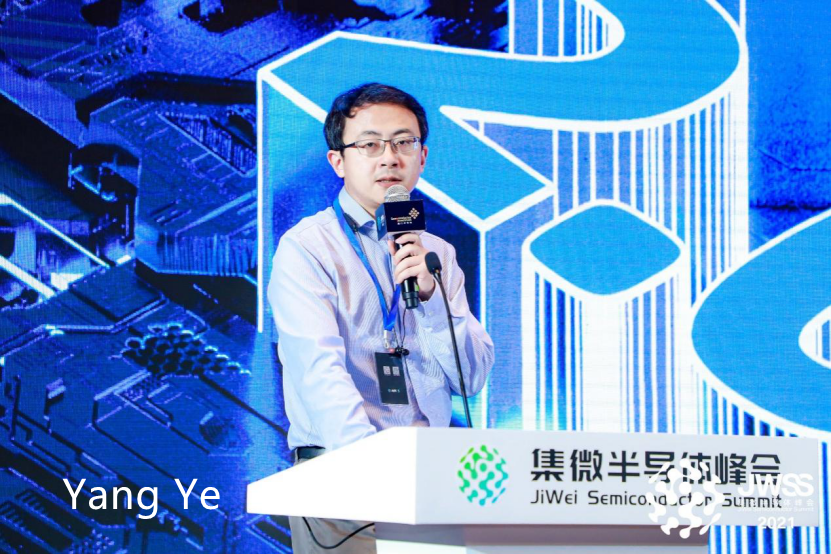
At the forum, JW Insights senior analyst Chen Yuenan analyzed the opportunities and challenges facing China's EDA industry.
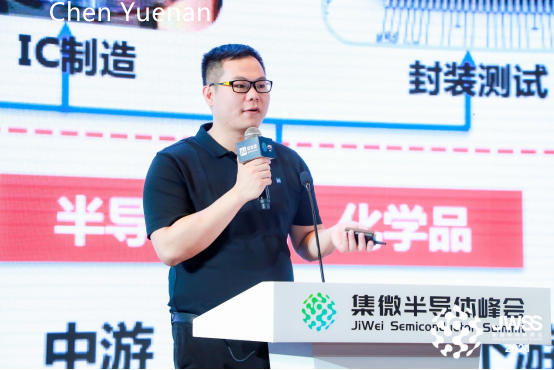
According to JW Insights statistics, China's domestic EDA market is around $500 million, accounting for a very small proportion of the global EDA market. The big three - Synopsys, Cadence, and Siemens EDA – dominate more than 90% market share, while China's self-sufficiency rate is less than 10%.
Chen pointed out that the EDA sector is confronted with enormous barriers for new entrants, which have high risks of being squeezed out of the market or being acquired.
The number of Chinese EDA companies increased rapidly over the last couple of years to over 30 now. They also have received significant financing.
Since 2018, the IPOs process for these companies has accelerated. Up to now, Empyrean Technology(华大九天), Primarius(概伦电子), Semitronix (广立微) have all completed pre-listing tutoring, and S2C (思尔芯) is in the tutoring stage.
However, Chen Yuenan pointed out that China's domestic EDA products also have inadequate support for the more advanced manufacturing process.
He called on the Chinese suppliers to work more on system tools, high-end needs, coordinate more with fabs, and cooperate with educational and research institutes.










